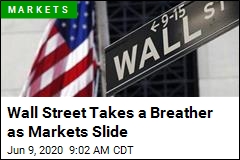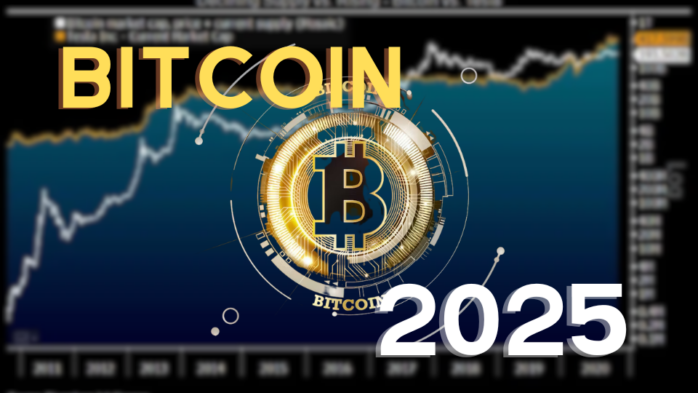Alright, folks, buckle up. The latest data from Korea’s Mono research firm paints a pretty grim picture for Korean exporters targeting the US market. We’re looking at a projected 4.9% drop in exports this year if the current tariff regime remains in place. And let me tell you, that’s not a small number.
This isn’t just some abstract economic forecast; this is real money, real jobs potentially on the line. We’re talking about the top 150 exporters, ranking within the top 1000 in Korea, feeling the squeeze.
Let’s break down the pain points. Electrical and electronic firms are bracing for the biggest hit – a whopping 8.3% expected decline. Cars and auto parts aren’t far behind at 7.9%, followed by petrochemicals (7.2%), and general machinery (6.4%). Seriously, folks, the automotive sector is vital for Korea.
Now, it’s not all doom and gloom. Shipbuilding and pharmaceuticals are bucking the trend, anticipating growth of 10% and 1.6%, respectively. But that’s hardly enough to offset the widespread negativity.
Here’s a kicker: Over 81% of surveyed businesses believe these tariffs will damage companies on both sides of the Pacific. A further 14.7% think it’ll be largely a Korean problem, while a benefit for US businesses. A chilling thought, isn’t it?
Let’s dive a little deeper into the mechanics of tariffs and their impact:
Tariffs are essentially taxes imposed on imported goods. They’re aimed at making foreign products more expensive and thus protecting domestic industries.
However, tariffs aren’t a one-way street. While they can offer short-term relief to local producers, they often lead to retaliatory measures from trading partners, escalating into trade wars.
These trade wars disrupt global supply chains, raise costs for consumers, and stifle economic growth. It throws a wrench into efficient allocation of resources.
Furthermore, tariffs can incentivize companies to relocate production, potentially eroding domestic jobs in the long run. This is the key risk.
Ultimately, it’s a delicate balancing act. A well-targeted, strategic tariff can be effective, but a broad-brush approach like we’re seeing here often creates more problems than it solves. This situation demands careful monitoring and, frankly, a more sensible approach to trade policy.







